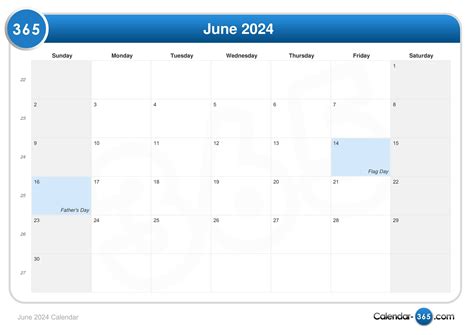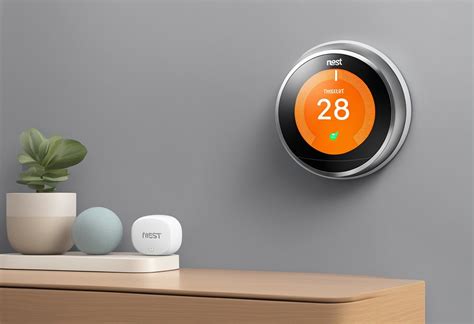Maintaining optimal comfort levels inside your home is essential, and a smart thermostat like Nest plays a crucial role in achieving this goal. However, when the Nest thermostat displays incorrect temperature readings, it can disrupt your comfort and potentially lead to energy inefficiencies.

In this comprehensive article, we will explore the various factors that can cause the Nest thermostat temperature to be inaccurate and provide detailed troubleshooting steps to help you resolve the issue effectively.
Understanding the Causes of Nest Thermostat Temperature Inaccuracy
1. Sensor Sensitivity:
Nest thermostats rely on temperature sensors to measure the ambient temperature. Over time, these sensors can become less sensitive, leading to inaccurate readings.
2. Obstructions and Drafts:
Any objects or airflow patterns near the Nest thermostat can interfere with its temperature sensing capabilities. Obstructions such as furniture, curtains, or air vents can create pockets of warm or cold air that affect the accuracy of the readings.
3. Incorrect Placement:
The ideal location for your Nest thermostat is on an interior wall, away from direct sunlight, drafts, or heat sources. Incorrect placement can lead to erroneous temperature measurements.
4. Software Issues:
Software glitches or updates can occasionally cause the Nest thermostat to malfunction, resulting in inaccurate temperature readings.
5. Battery Depletion:
Nest thermostats that run on batteries may experience inaccurate temperature readings when the batteries are low.
Troubleshooting Nest Thermostat Temperature Inaccuracy
1. Check the Sensor Sensitivity:
Gently blow air onto the Nest thermostat’s sensors for a few seconds. If the temperature reading adjusts accordingly, it indicates that the sensors are working properly.
2. Remove Obstructions and Drafts:
Move any objects or furniture that may be blocking the Nest thermostat’s sensors. Ensure that there are no drafts or air currents that could affect the temperature reading.
3. Verify the Placement:
Confirm that your Nest thermostat is mounted on an interior wall, away from direct sunlight, drafts, or heat sources. The recommended height for the thermostat is approximately 5 feet off the floor.
4. Check for Software Updates:
Regularly check for software updates for your Nest thermostat. Updating to the latest software version can resolve any bugs or issues that may be causing inaccurate temperature readings.
5. Replace Batteries (If Applicable):
If your Nest thermostat uses batteries, replace them with fresh ones to ensure optimal performance. Low battery power can impact the thermostat’s temperature sensing capabilities.
Additional Tips for Maintaining Nest Thermostat Accuracy
-
Calibrate the Nest Thermostat:
The Nest thermostat can be calibrated to improve its accuracy. Follow the instructions provided in the Nest app or online support resources to perform this calibration. -
Reset the Nest Thermostat:
If other troubleshooting steps fail to resolve the temperature inaccuracy, perform a factory reset of the Nest thermostat. This will erase all settings and restore the thermostat to its default factory settings. -
Contact Nest Support:
If you have tried all the troubleshooting steps outlined above and the Nest thermostat temperature is still wrong, contact Nest support for further assistance. They may be able to diagnose the issue more accurately and provide additional solutions.
Keeping Your Home Comfortable: The Importance of Thermostat Accuracy
An accurate Nest thermostat is essential for maintaining a comfortable living environment. When the thermostat temperature is incorrect, it leads to several issues:
-
Discomfort: Inaccurate temperature readings can result in your home being too warm or too cold, creating an uncomfortable living environment.
-
Energy Inefficiency: An incorrect temperature setting can lead to wasted energy consumption. For instance, if the Nest thermostat displays a temperature of 75°F but the actual temperature is 72°F, the heating system will continue to run unnecessarily, wasting energy.
-
Health Concerns: Extreme temperatures can have adverse effects on health, especially for vulnerable populations such as the elderly, young children, and those with respiratory issues. An accurate thermostat helps ensure that your home maintains a healthy temperature range.
Conclusion
Maintaining the accuracy of your Nest thermostat is crucial for optimal comfort, energy efficiency, and the well-being of your household. By following the troubleshooting steps outlined in this article, you can effectively resolve any issues that may be causing incorrect temperature readings.
Remember, regularly checking for software updates, performing calibrations, and ensuring the thermostat’s placement is optimal will help maintain its accuracy over time. If all else fails, do not hesitate to contact Nest support for professional assistance. With a properly functioning Nest thermostat, you can enjoy a comfortable and energy-efficient home environment for years to come.
Frequently Asked Questions (FAQs)
1. How often should I calibrate my Nest thermostat?
Calibrating your Nest thermostat once a year is generally recommended to ensure optimal accuracy.
2. What is the ideal temperature range for a comfortable home environment?
The ideal temperature range for a comfortable home environment is between 68°F and 72°F.
3. Can I use a third-party app to control my Nest thermostat?
Yes, there are several third-party apps available that allow you to control your Nest thermostat remotely.
4. What is the difference between a Nest Learning Thermostat and a Nest Thermostat E?
The Nest Learning Thermostat is more advanced than the Nest Thermostat E and offers features such as geofencing, smart scheduling, and energy-saving insights.
Tables for Reference
| Cause of Inaccurate Temperature | Troubleshooting Steps |
|---|---|
| Sensor Sensitivity | Gently blow air onto the sensors |
| Obstructions and Drafts | Remove any objects or furniture |
| Incorrect Placement | Mount on an interior wall, away from sunlight and drafts |
| Software Issues | Check for software updates |
| Battery Depletion | Replace batteries if using a battery-powered thermostat |
| Tips for Maintaining Accuracy | Benefits |
|---|---|
| Calibrate Regularly | Improved precision |
| Reset the Thermostat | Restores factory settings |
| Contact Nest Support | Professional assistance |
| Effects of Incorrect Temperature | Consequences |
|---|---|
| Discomfort | Too warm or too cold |
| Energy Inefficiency | Wasted energy |
| Health Concerns | Adverse effects on health |
| Additional Resources | Links |
|---|---|
| Nest Thermostat Troubleshooting Guide | https://nest.com/support/thermostats/troubleshoot-nest-thermostat/ |
| Nest Thermostat User Manual | https://nest.com/support/thermostats/nest-thermostat-user-guide/ |
| Contact Nest Support | https://nest.com/support/contact-us/ |
